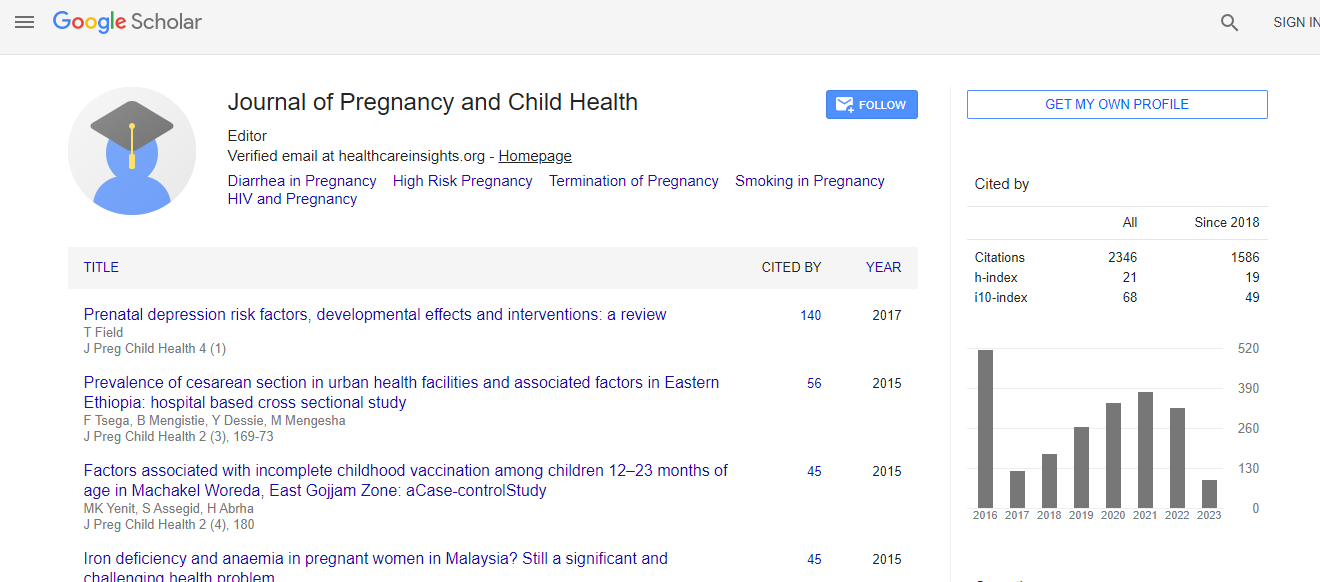Commentary
Hyperemesis Gravidarum: Current Approaches for the Diagnosis and Treatment
Cihan Kaya*, Rafiga Gasimova, Murat Ekin and Levent YasarDepartment of Obstetrics and Gynaecology, Bakirkoy Dr Sadi Konuk Training and Research Hospital, Saglik Bilimleri University, Turkey
- *Corresponding Author:
- Cihan Kaya
Department of Obstetrics and Gynaecology Bakirkoy
Dr Sadi Konuk Training and Research Hospital
Saglik Bilimleri University, Istanbul, Turkey
Tel: 905064845469
E-mail: drcihankaya@gmail.com
Received date: December 19, 2016; Accepted date: December 28, 2016; Published date: December 31, 2016
Citation: Kaya C, Gasimova R, Ekin M, Yasar L (2016) Hyperemesis Gravidarum: Current Approaches for the Diagnosis and Treatment. J Preg Child Health 3:296. doi:10.4172/2376-127X.1000296
Copyright: © 2016 Kaya C, et al. This is an open-access article distributed under the terms of the Creative Commons Attribution License, which permits unrestricted use, distribution and reproduction in any medium, provided the original author and source are credited.
Abstract
Hyperemesis gravidarum is defined as presence of nausea and vomiting in pregnancy that affect 50-90% of all pregnant women, seen in the first trimester. Hyperemesis gravidarum often presents with maternal weight loss, electrolyte imbalance, and nutritional abnormalities. It is the most common reason for hospitalization during the first trimester of pregnancy. The risk factors for the disease are nulliparity, younger age, pre-existing diabetes, psychiatric disorders, hepatic or hyperthyroid diseases. The diagnosis is supported with ketonuria, abnormal electrolytes, elevated liver function tests, and elevated hematocrit levels. The treatment options are depend on patient’s clinical state. Non-pharmacological treatment may be offered as the first-line treatment. Patients with electrolyte imbalance and ketonuria may require medical treatment or hospitalization.

 Spanish
Spanish  Chinese
Chinese  Russian
Russian  German
German  French
French  Japanese
Japanese  Portuguese
Portuguese  Hindi
Hindi 
